June 9, 2015
National increase in number of commercial property new builds for 2015
 There has been a strong start to the year for non-residential construction, with the annual total starts for new builds and existing projects rising by 7.9 percent over the first three months. According to JLL and Glenigan’s latest Commercial Construction Index Q1 outperformed same quarter in 2014 – with new building activity increasing most in Yorkshire & the Humber (30.6%) during Q1, boosted by the Hammerson’s Victoria Gate scheme in Leeds. In Scotland, building is up (28.1%), in Wales by 24.4 percent and the East Midlands has seen a 24.2 percent rise. Greater South East (London, the South East and the East of England) saw the volume of new builds rise 7.3 percent from £11.2bn to £12.0bn. However, construction has fallen in the North West (-14.2%) and the West Midlands (-9.2%), while across the UK refurbishments and extension projects have declined slightly.
There has been a strong start to the year for non-residential construction, with the annual total starts for new builds and existing projects rising by 7.9 percent over the first three months. According to JLL and Glenigan’s latest Commercial Construction Index Q1 outperformed same quarter in 2014 – with new building activity increasing most in Yorkshire & the Humber (30.6%) during Q1, boosted by the Hammerson’s Victoria Gate scheme in Leeds. In Scotland, building is up (28.1%), in Wales by 24.4 percent and the East Midlands has seen a 24.2 percent rise. Greater South East (London, the South East and the East of England) saw the volume of new builds rise 7.3 percent from £11.2bn to £12.0bn. However, construction has fallen in the North West (-14.2%) and the West Midlands (-9.2%), while across the UK refurbishments and extension projects have declined slightly.










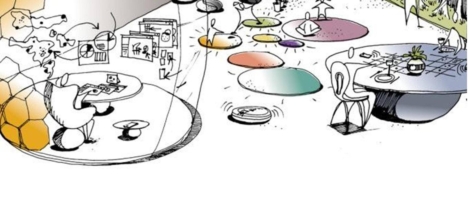

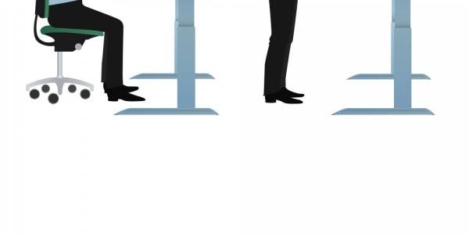
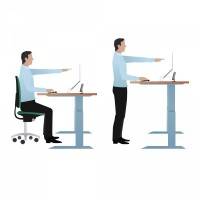 A new study published yesterday in the British Journal of Sports Medicine claims that office workers spend far too much time sitting, are suffering from a range of conditions and illnesses as a result and so should be encouraged to spend up to half of each working while standing. The report,
A new study published yesterday in the British Journal of Sports Medicine claims that office workers spend far too much time sitting, are suffering from a range of conditions and illnesses as a result and so should be encouraged to spend up to half of each working while standing. The report, 

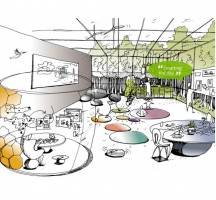
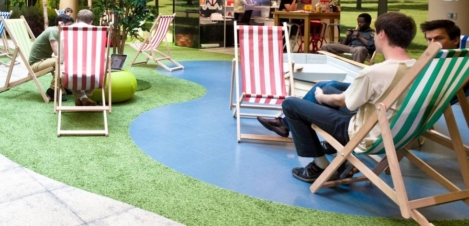
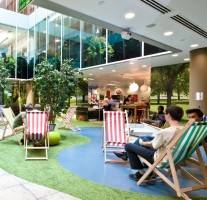
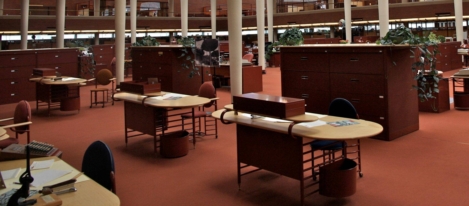
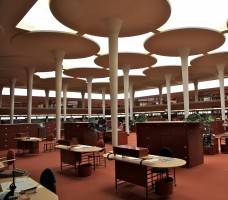
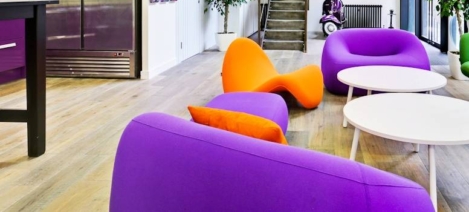
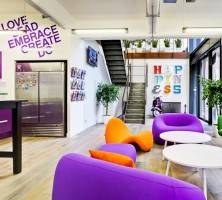
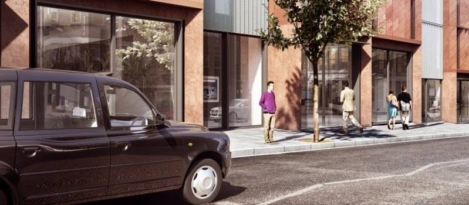
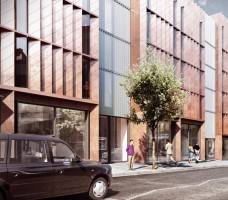









June 2, 2015
The bonds that link work with place are loosening day by day
by Paull Robathan • Comment, Flexible working, Technology, Work&Place
(more…)